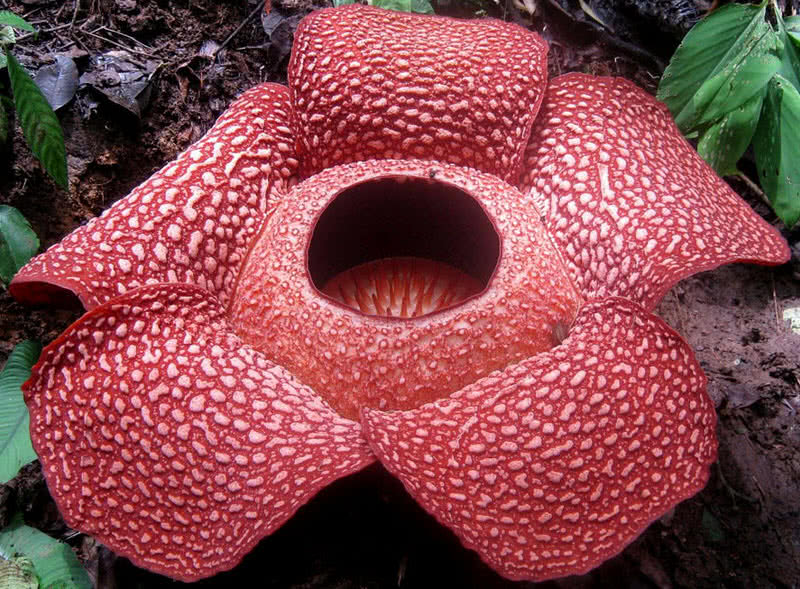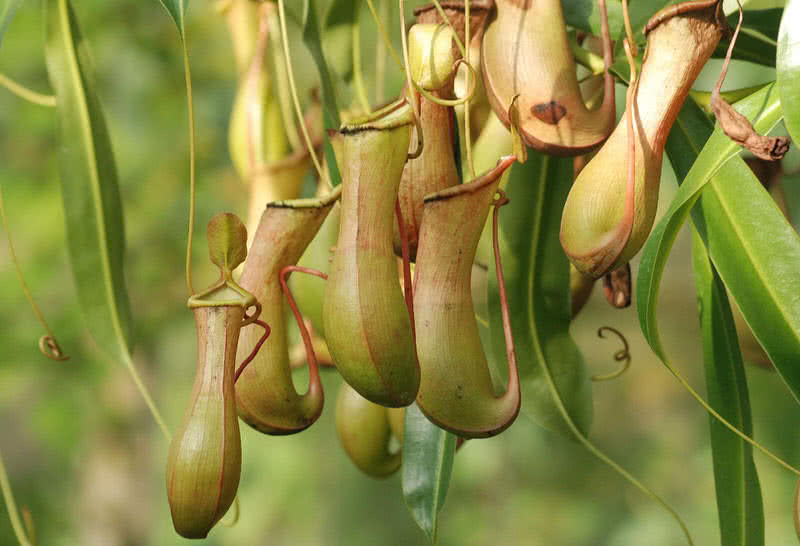Activity 1: Planes, Trains and Automobiles [4 points]
Arguably, one of the most dramatic and spectacular (beautiful) places to visit in New Zealand is Milford Sound. It has been referred to as the ‘eighth wonder of the world.’ It is a beautiful fiord (steep valley) that was formed when big pieces of ice (glaciers) melted. The melted glaciers created a beautiful river that is surrounded by dramatic cliffs and snow-capped mountains. People who visit Milford Sound are able to take a boat cruise through the middle of the fiord, walk around the area on the Milford Track or fly above the fiord as part of a private helicopter tour.
Let’s imagine that you had the chance to visit Milford Sound by boat, foot (walking) or air (helicopter). Which option would you prefer?
On your blog tell us which of the three options you would take to explore Milford Sound. Be sure to tell us why you have chosen this option.
I would not walk because I would just complain and I am afraid of heights. SO I would go with boat. I would go with a boat because I like the breeze when you go out on the deck and you sit down or stand of anytime. Sometimes they have toilets and Because I love the view when you are standing at the edge of the boat.
Activity 2: It’s All in the Name [4 points]
Rotorua is one of New Zealand’s most popular tourist destinations. It is a city filled with incredible forests, mountain biking tracks, lakes, and geothermal wonders, including hot springs (geysers) and mud pools. One of the most famous geothermal pools is called the Devil’s Bath at Wai-o-Tapu Thermal Wonderland. It is a neon green pool of stinky water.
Over the years, people have suggested that we come up with a new name for the pool. What do you think we should call it? Take a minute to let your creative juices flow.
On your blog, give us a list of three to five options for the name of this geothermal pool. Put a star (*) beside the name that you like the most.
1.Green dump.
2.Monster legend.
3. Mysterious pond.*
4.Wild point.
Activity 3: Picture Perfect [10 points]
While New Zealand is home to some beautiful waterfalls, there are a number of stunning waterfalls in places like Canada and South Africa. In Canada, the largest waterfall is called Niagara Falls. It sits on the border between Canada and the United States of America. Thousands of tourists flock (go) to Niagara Falls every year to see the falls and to have their picture taken in front of this natural wonder. Over the past few years people have started taking ‘selfies’ and posting them online. Do you ever take selfies?
For this activity, choose one of the following three selfies. From left to right: Selfie #1, Selfie #2, Selfie #3
On your blog, write a short story about what you think is happening in the picture. Be sure to tell us where you think the people are and what you think they were doing at the time that they stopped to pose for the selfie. To earn full points, the story must be 8 – 10 sentences long.
7
I choose selfie #3. Wow, I just walked up this 2 hour long walk. My legs are aching and I have lost my breath. I stop for a minute just to catch my breath. And then spot the ocean shimmering and sparkling. The view is spectacular great for a photo. Stand on the ledge and lean back. Awesome background with the city pumping. Great photo this with totally make it on the fridge.

